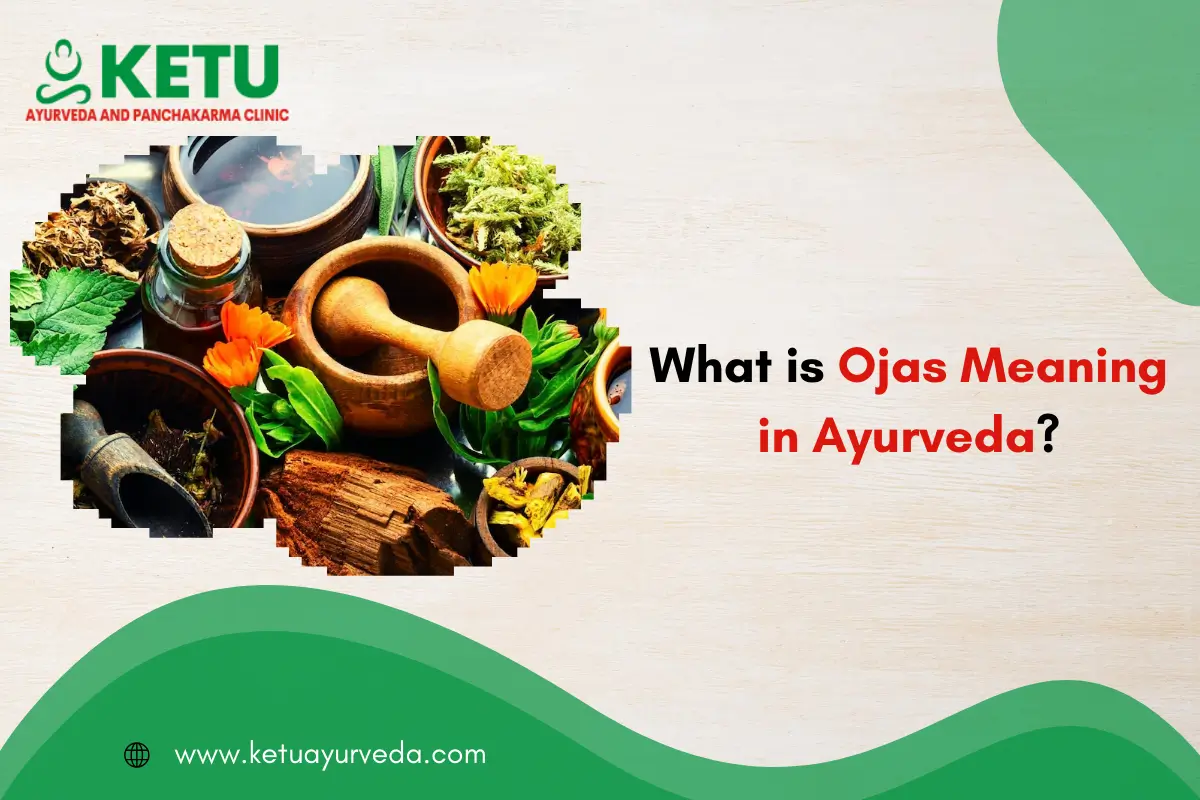In India, obesity has become a major issue for young as well as older people. Many factors have contributed to excessive fat, such as lifestyle changes, consumption of fatty & oily food, lack of physical exercise, and genetic factors. Obesity is a condition where the body accumulates excessive fats that can cause serious health issues like heart alignment, diabetes, joint pain, high blood pressure, digestive problems, and other issues. To get rid of excessive weight. Ayurveda is one of the best ways. In this blog, we discuss Ayurvedic treatment for weight loss and tips to help your weight loss management journey.
Ayurvedic Treatment for Weight Loss
To embark on the Ayurvedic weight loss program, it’s crucial to understand the reasons for excessive weight gain. Ayurveda, with its unique principles, sheds light on three major reasons for weight gain, enlightening you about your body’s functioning and its impact on weight.
- Vata Dosha: The Vata dosha is responsible for excessive weight gain. This is because it controls the metabolism of fat and the digestion of food.
- Pitta Dosha: The Pitta dosha is responsible for burning calories by breaking down food into energy. This dosha is responsible for gaining excessive fats due to inflammation and burning calories.
- Kapha Dosha: The Kapha dosha is responsible for gaining excessive fats due to water retention in the body and bloating in the muscles, tissues, and organs. This can cause you to feel full even if you have not eaten enough.
Ayurvedic Treatment for Weight Loss: Vamana, Virechana & Udwarthanam Therapy
Panchakarma, a cornerstone of Ayurveda, plays a significant role in weight management. Virachana and Vamana therapy, two key components of Panchakarma Therapy, aim to restore the balance of the body’s doshas. While these Ayurvedic detox and rejuvenation therapies are not directly targeted at weight loss, they have been found to be highly effective in supporting weight management. By harmonizing the doshas and promoting overall wellness, these therapies indirectly contribute to weight loss in Ayurveda.
- Vamana Therapy (Emesis): Vamana therapy is an Ayurvedic treatment for weight loss. It involves controlled vomiting using an Ayurvedic herbal preparation. The therapy removes excessive kapha dosha and toxins from the gastrointestinal tract. As per Ayurvedic principles, excessive Kapha dosha can cause weight gain, water retention, and slow metabolism. Removing excessive kapha dosha helps the body support a better metabolism process.
- Virechana Therapy (Purgation): Virechana therapy involves using purgative herbs to induce a controlled bowel movement and remove excessive pitta dosha and toxins. This treatment aims to remove toxins from the liver and gall bladder. Excessive Pitta dosha can cause various health issues like inflammation, digestive problems, and imbalances that can affect weight. Virechana therapy aims to balance pitta dosha, promote detoxification, and promote digestion and improved metabolism.
- Udwarthanam Therapy: Udwarthanam Therapy is an Ayurvedic massage therapy. It involves applying Ayurvedic herbs to the body with particular motions to lose weight. The therapeutic herbal powders are applied and massaged into the body. The massage actions stimulate circulation and enhance metabolism. The Udwarthanam therapy aims to balance the kapha dosha for improved weight loss management and metabolism.
Ayurvedic Herbs for Weight Loss
There are many Ayurvedic medicine for weight loss that are mentioned in Ayurveda. Though Ayurveda also offers a variety of herbs for weight loss. The best Ayurvedic herbs for weight loss are discussed below.
- Turmeric (Haldi): It consists of curcumin that helps in weight management to reduce inflammation and promote digestion.
- Fenugreek (Methi): It helps to control appetite and stabilize blood sugar levels.
- Ginger: It reduces appetite, boosts metabolism, and improves overall digestion.
- Ashwagandha: It helps to reduce stress-related weight gain and cortisol levels and promote overall wellness.
- Guggul: Guggul is known to reduce cholesterol levels and boost metabolism.
Weight Loss Tips for Ayurvedic Weight Loss Program
- Consume whole foods like fruits and vegetables, whole grains, and lean proteins. Avoid sugary drinks, processed food, and unhealthy fats.
- Drink plenty of water that can control hunger and make you feel full.
- Take control of portions that can help you track how much you are eating.
- Get enough sleep, as lack of sleep can trigger weight gain.
- Try to get at least one hour of exercise every day.
Conclusion
Ketu Ayurveda and Panchakarma Treatment Clinic offer the best Ayurvedic hospital in Rajkot. We offer practical and natural solutions to help you achieve your weight loss goals. With authentic Ayurvedic principles and professional therapists, we are committed to helping you achieve sustainable weight loss and overall wellness. Our expert Ayurvedic practitioners customize a holistic weight loss program for you. Schedule an Ayurvedic weight loss treatment in Rajkot with us today and embark on a healthier journey.




